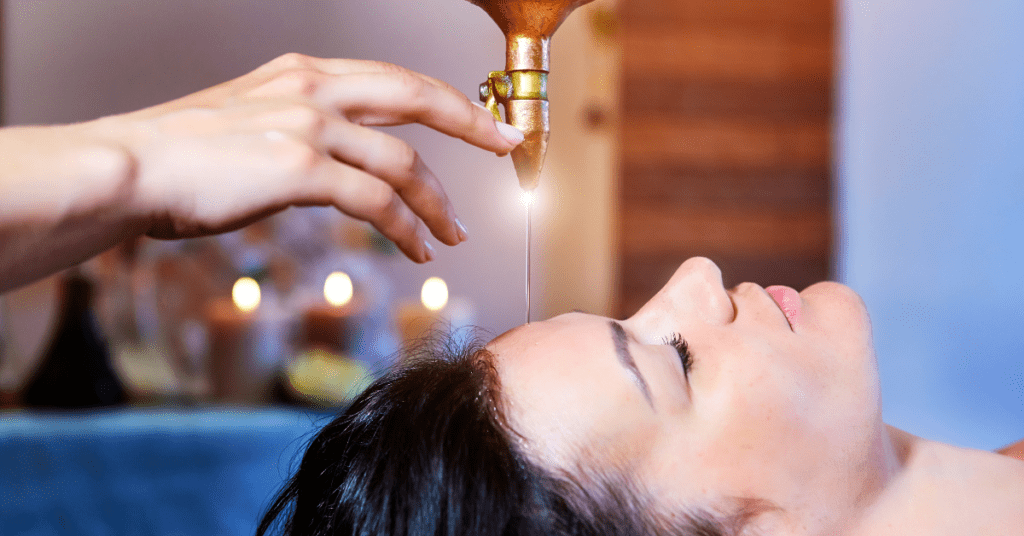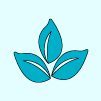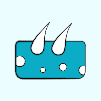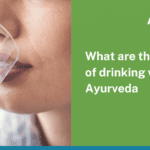Panchakarma, an integral part of Ayurvedic medicine, is a profound cleansing and rejuvenation therapy aimed at restoring balance to the body and mind. This ancient practice involves a systematic process of detoxification and purification to remove accumulated toxins and promote optimal health and well-being. Let’s explore the complete process of Panchakarma therapy, including dos and don’ts during the procedure, and the significance of specific guidelines such as daytime sleeping and avoiding cold water consumption.

Panchakarma Therapies
The Panchakarma process typically unfolds systematically, with each stage serving a unique purpose. The comprehensive process includes:
Preparation (Purvakarma)
Before undergoing Panchakarma therapy, a period of preparation is essential to prepare the body for detoxification. This may involve dietary modifications, herbal supplementation, and lifestyle adjustments to enhance the effectiveness of the cleansing process. Purvakarma includes:
- Preliminary Assessment: Before initiating Panchakarma, a thorough assessment of an individual’s constitution (Prakriti) and imbalances (Vikriti) is conducted. This helps in customizing the Panchakarma protocol to address specific health concerns.
- Snehana (Oleation): The initial stage involves internal and external oleation using medicated oils to soften and loosen toxins within the body. This preparatory phase helps facilitate the movement of toxins towards the gastrointestinal tract.
- Swedana (Sudation): Following oleation, the body is subjected to heat therapies, such as steam baths or hot compresses, to induce sweating. Swedana further aids in the liquefaction of toxins, preparing them for elimination.
Main Procedures (Pradhankarma)
Pradhana Karma therapies are administered under the supervision of trained Ayurvedic practitioners in a controlled environment to ensure safety and efficacy.
- Vamana (Therapeutic Emesis) and Virechana (Purgation Therapy)
Purvakarma for Vamana and Virechana is the same. Following the Purvakarma of Snehapana and Swedana for a minimum of 7 days, herbal medicines are given to either induce vomiting or purgation, based on the treatment undergone by the patient. This involves the induction of vomiting to eliminate excess Kapha dosha and toxins from the upper gastrointestinal tract. It is indicated for conditions such as asthma, bronchitis, and allergies. Virechana entails the administration of purgative substances to induce controlled bowel movements and expel excess Pitta dosha and toxins from the body. It is beneficial for conditions such as skin disorders, liver disorders, and digestive disorders. - Basti (Enema Therapy): Basti involves the administration of medicated enemas to cleanse and rejuvenate the colon, balancing Vata dosha, and removing accumulated toxins. There are two types, Anuvanasa or medicated oil enema, and the second is Niruha which is a decoction-based enema. Basti is often considered the most effective treatment modality of all Panchakarma. It is beneficial for conditions such as constipation, arthritis, and neurological disorders.
- Nasya (Nasal Therapy): Nasya entails the administration of medicated oils or ghee based herbal preparations into the nasal passages to cleanse and lubricate the respiratory tract and promote mental clarity. It is beneficial for conditions such as sinusitis, headaches, and neurological disorders.
- Raktamokshana (Bloodletting Therapy): Raktamokshana involves the removal of impure blood from the body to alleviate conditions caused by blood toxicity or stagnation. It is indicated for specific conditions such as skin disorders, inflammatory conditions, and circulatory disorders.
Post-Procedures (Paschatkarma)
After completing the main procedures of Panchakarma therapy, a period of post-procedure care is essential to support the body’s recovery and rejuvenation. This includes dietary recommendations, lifestyle modifications, herbal supplementation, and follow-up therapies to consolidate the benefits of the cleansing process.
Dos and Don'ts During Panchakarma Procedure:
Dos:
- Follow the dietary and lifestyle recommendations provided by the Ayurvedic practitioner.
- Engage in gentle physical activities such as walking, yoga, and meditation to support the detoxification process.
- Stay hydrated by drinking warm water or herbal teas to facilitate toxin elimination and maintain hydration.
- Rest and relax as needed to conserve energy and promote healing during the cleansing process.
- Communicate openly with the Ayurvedic practitioner about any concerns or discomfort experienced during the therapy.
Don’ts:
- Avoid consuming heavy, oily, spicy, or processed foods that may hinder the detoxification process and aggravate imbalances.
- Refrain from engaging in strenuous physical activities or excessive mental exertion that may deplete energy reserves and compromise the body’s ability to detoxify.
- Avoid exposure to extreme temperatures, drafts, and environmental toxins that may disrupt the body’s natural healing process.
- Abstain from consuming cold or iced beverages, as they can impair digestion and weaken the digestive fire (Agni), hindering the detoxification process.
- Avoid daytime sleeping, as it may interfere with the body’s natural rhythms and hinder the detoxification and rejuvenation process.
Panchakarma therapies constitute an indispensable aspect of Ayurvedic treatments, embodying profound detoxification and rejuvenation processes. These therapies must be exclusively administered under the expert guidance of qualified Ayurvedic physicians. They represent medical interventions necessitating careful oversight and should solely be conducted within the controlled environments of Ayurvedic hospitals and clinics. Engaging in Panchakarma procedures without professional supervision poses potential risks and is strongly discouraged.
References:
- Charaka. Charaka Samhita. Editor, Prof. Priyavrata Sharma, 7th edition, Chaukhambha Orientalia, Varanasi. 2001;1:150.
- Sushruta. Sushruta Samhita. Editor, Prof. K. R. Srikantha Murthy, 1st ed. Chaukhambha Surabharati Orientalia, Varanasi, 2000;1:28.
- Vagbhata. Asthanga Hridayam. Editor, Prof. K. R. Srikantha Murthy, 5th edition, Krishnadas Academy, Varanasi.2001;1:188.
- Lad, V. (1994). An Introduction to Panchakarma. Ayurveda Today, 7(1).






